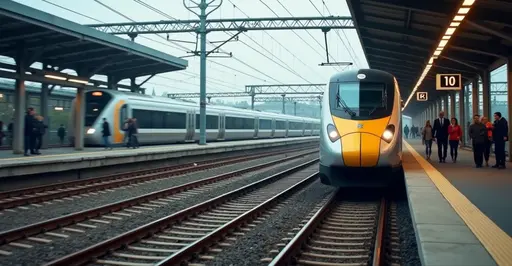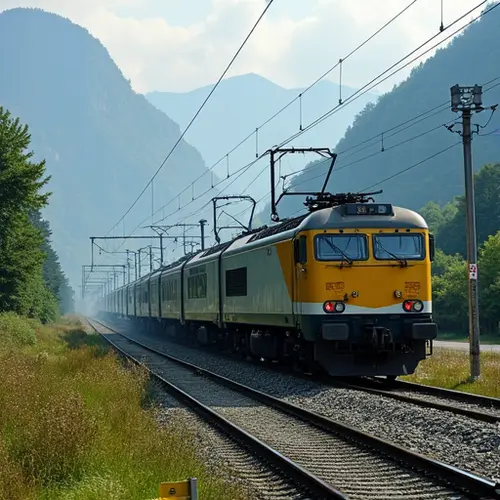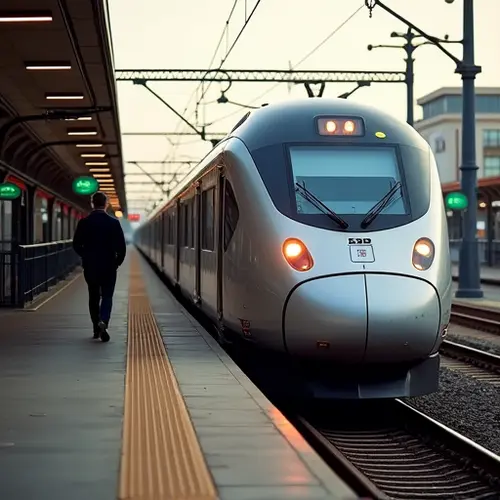
Europe's Rail Revolution Gains Momentum
Ambitious plans for cross-border high-speed rail connections are accelerating across Europe as governments prioritize sustainable transport. Recent discussions between EU member states focus on creating seamless links between major cities like Paris-Amsterdam-Berlin and Barcelona-Marseille corridors. The proposals align with the EU's goal to double high-speed rail traffic by 2030.
Current Network Expansion
Spain leads Europe with 3,973 km of high-speed tracks, followed by France and Germany. New projects include the Brenner Base Tunnel connecting Austria and Italy, and the Rail Baltica corridor linking Helsinki to Warsaw. These complement existing popular routes like London-Paris (Eurostar) and Frankfurt-Paris (TGV).
Environmental and Economic Benefits
Studies show high-speed rail emits 90% less CO₂ per passenger than equivalent flights. The European Commission's "Connecting Europe Express" initiative has allocated €25.8 billion for rail infrastructure since 2021. "This isn't just about faster travel," says EU Transport Commissioner Adina Vălean. "It's about reimagining continental connectivity while meeting climate goals."
Technical and Political Challenges
Key obstacles include harmonizing signaling systems between countries and securing funding. The recent Hafeet project in the Gulf Cooperation Council demonstrates successful cross-border financing models. Industry leaders like Alstom and Siemens are developing next-generation trains capable of 350 km/h speeds with reduced energy consumption.
Future Vision
By 2030, travelers could board in Lisbon and reach Kyiv with just one transfer. Nightjet sleeper services are expanding, while digital border solutions will reduce passport checks. With rail passenger demand expected to grow 50% by 2040, these projects represent Europe's largest infrastructure transformation since the highway network.

 Nederlands
Nederlands
 English
English
 French
French
 Deutsch
Deutsch
 Espaniol
Espaniol
 Portugese
Portugese








